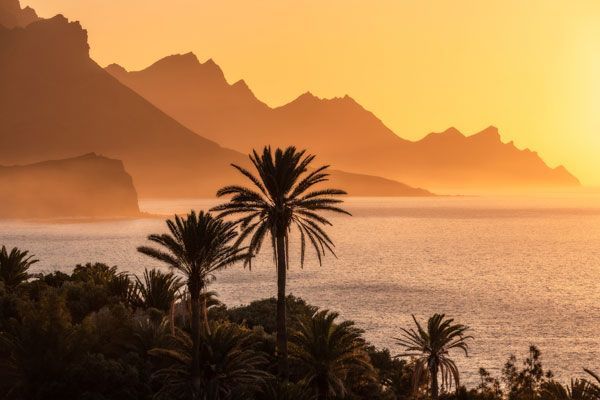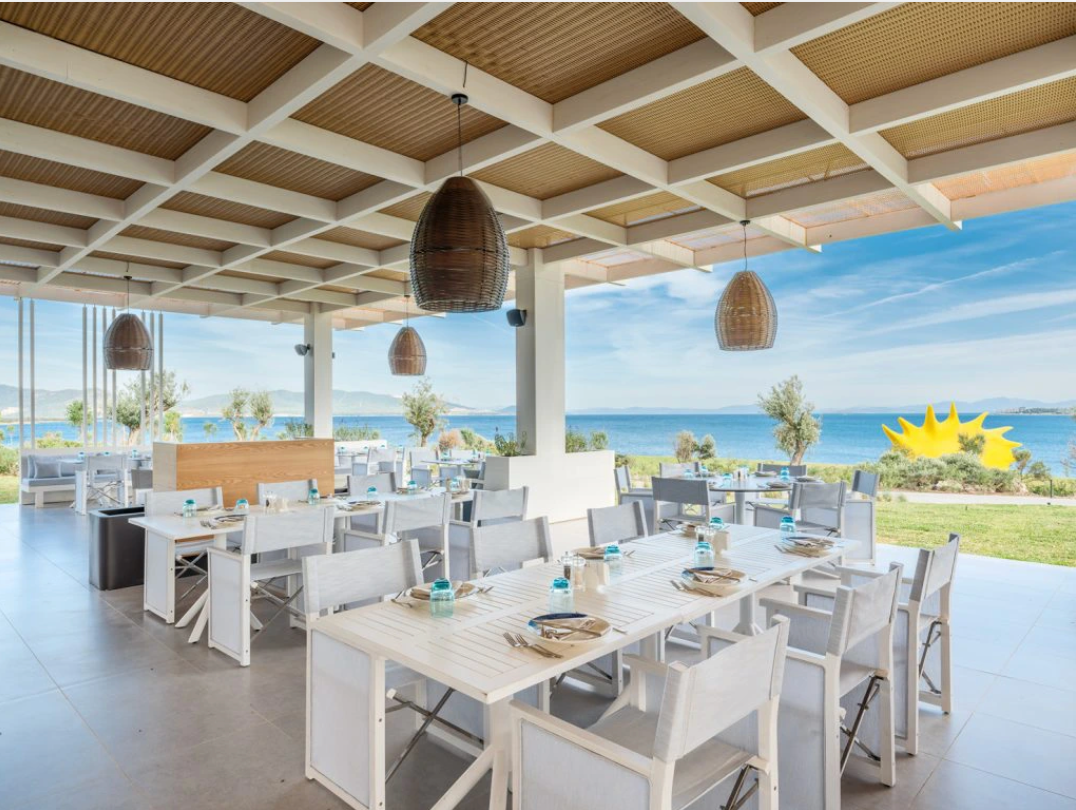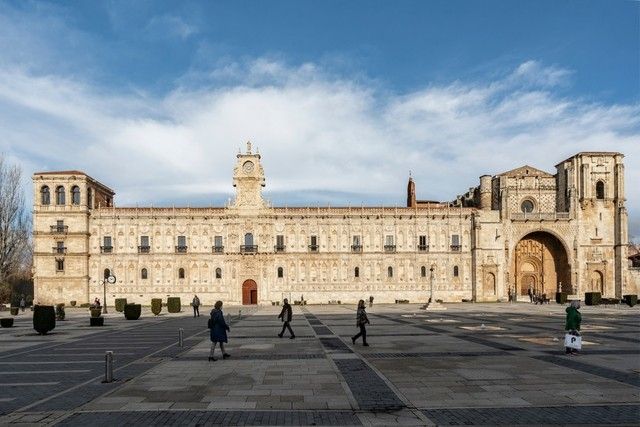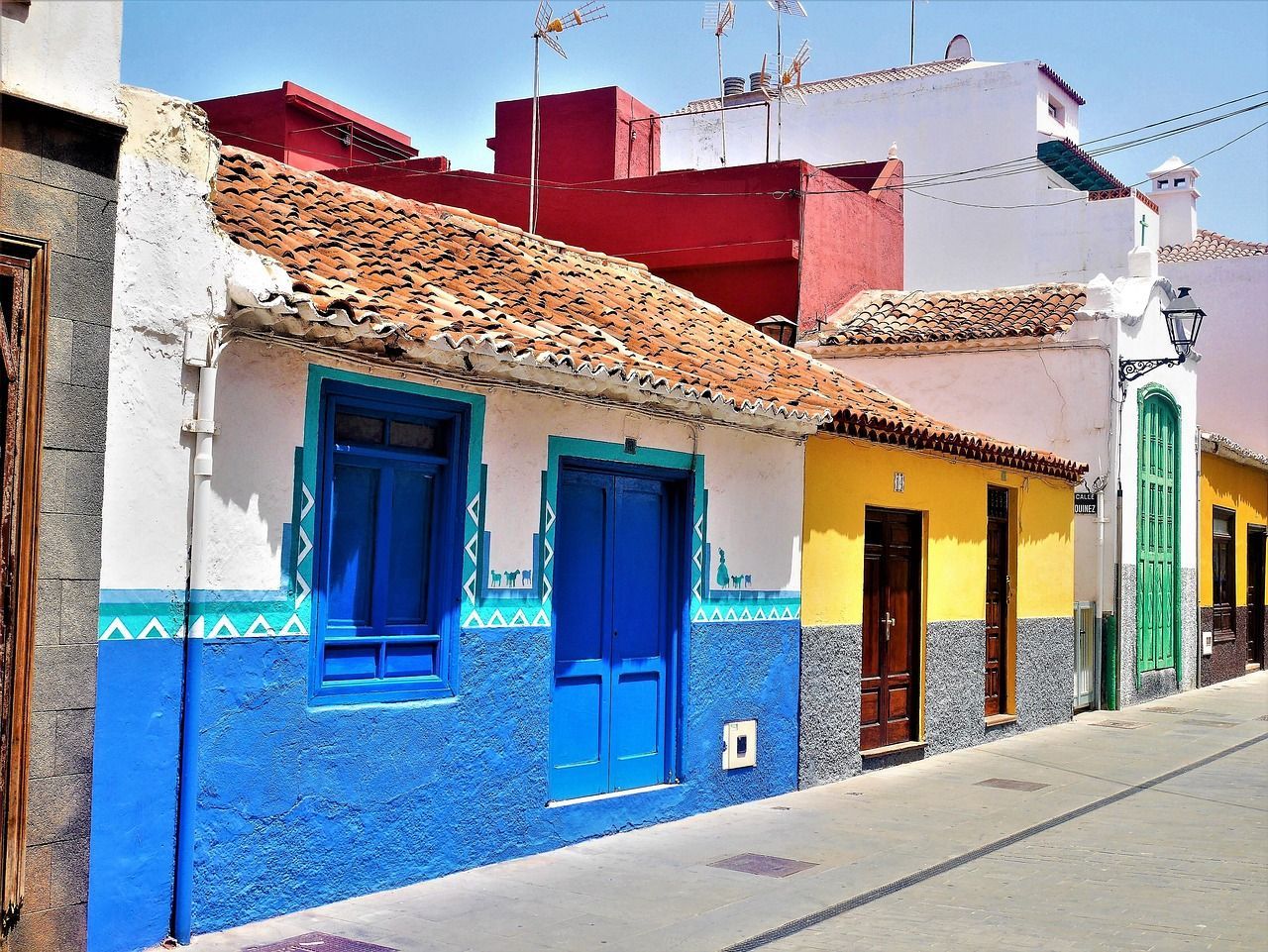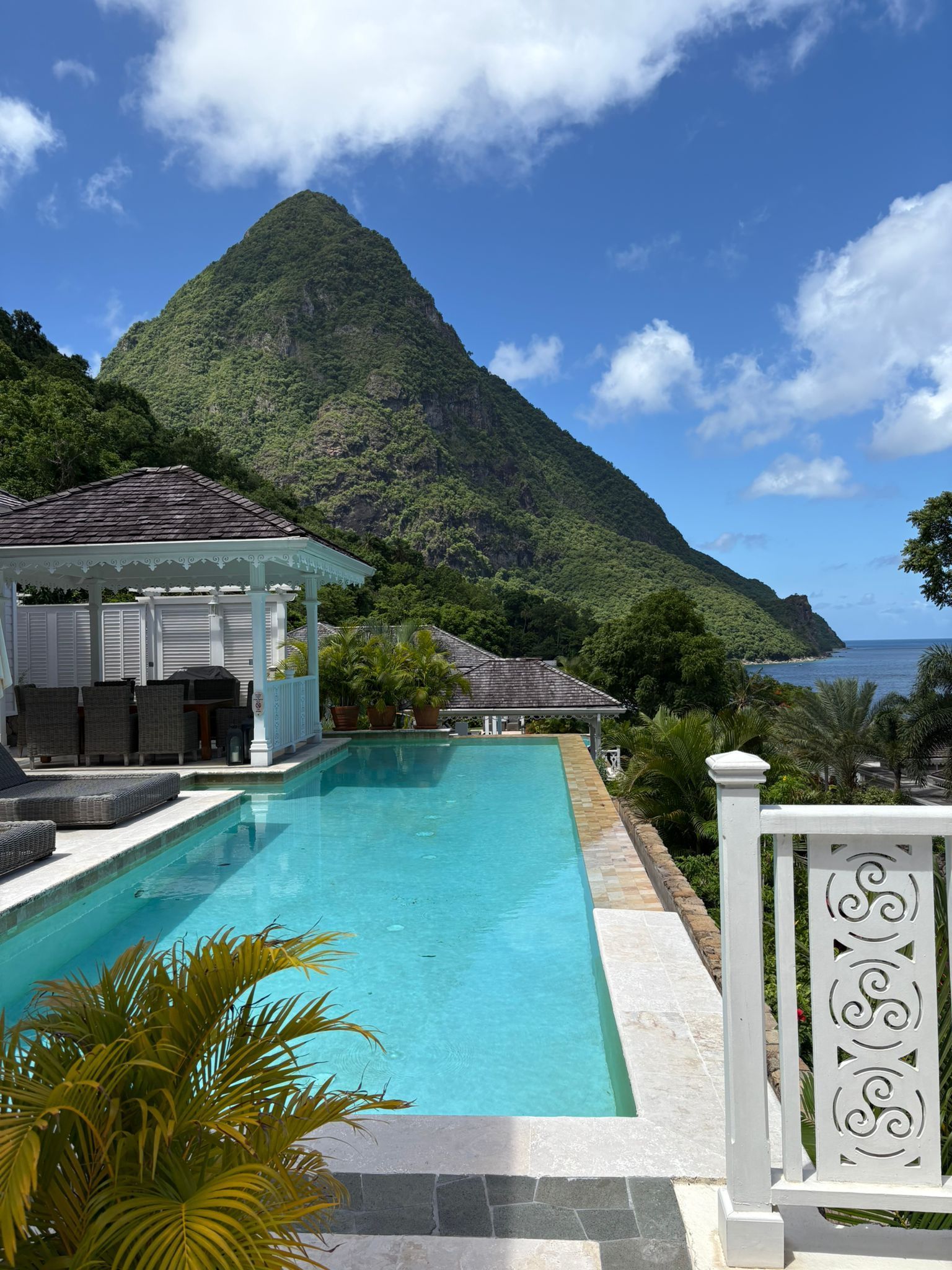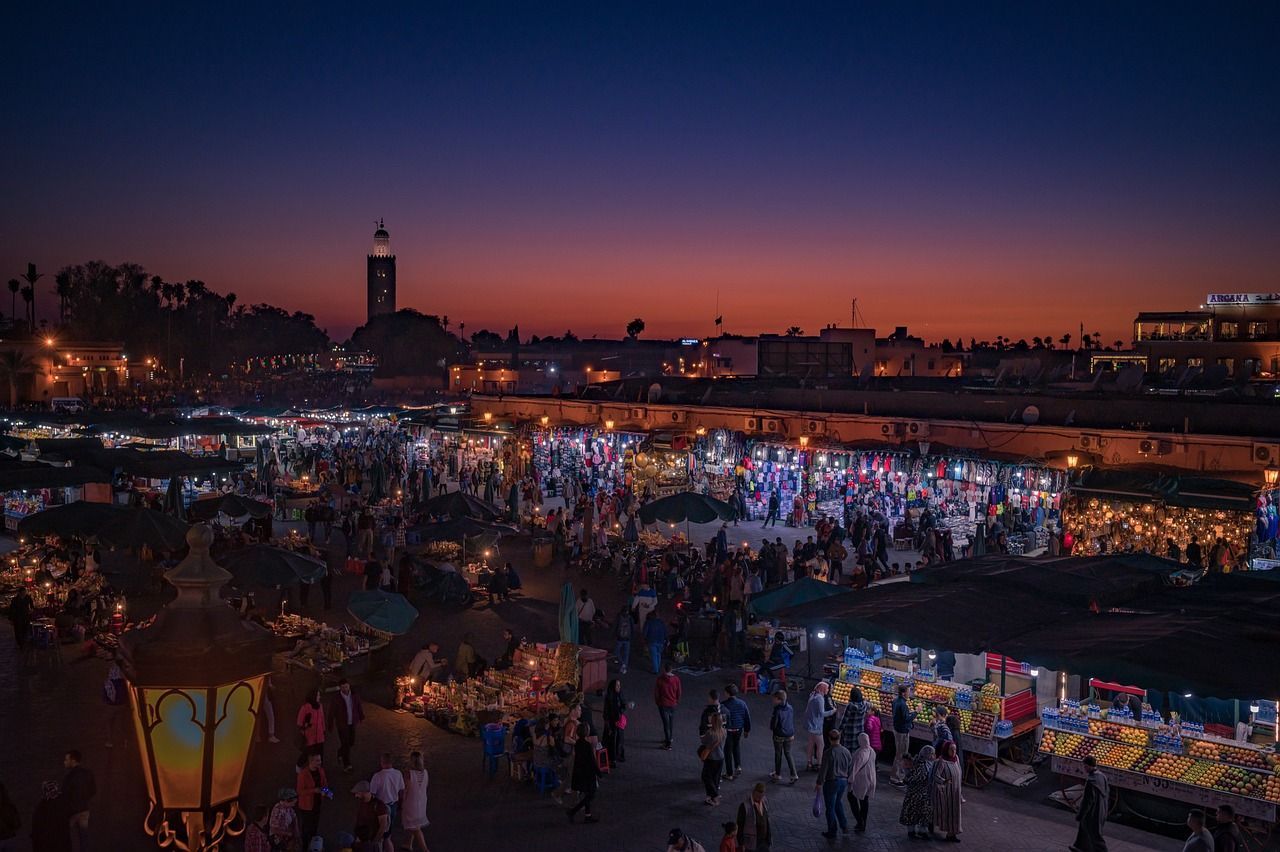By Emma Macfarlane
•
April 28, 2025
A holiday to Costa Rica is the perfect choice for anyone looking for activity, adventure and relaxation. With trails leading to roaring waterfalls, secluded beaches and misty cloud forests, Costa Rica is a fusion of tropical jungles and pristine coastlines embedded with beautiful flowers and exotic wildlife. Offering a dizzying collection of outdoor activities, zip line in the Monteverde Cloud Forest or walk around the lava-spitting volcanoes in Arenal. Try your hand at sailing or surfing along the Gold Coast and go scuba diving in the Pacific Ocean with hatchling turtles and breaching whales. Costa Rica also works very well for family adventure holidays, where children can climb along high performance treks, soar through the treetop canopies and go whitewater rafting on the Sarapiqui River. Costa Rica’s wildlife is something to be admired. Whether it squawks, howls, hisses or moves without a sound, travel through the steamy highlands and beautiful lowlands discovering the magnificent birdlife and sea life that Costa Rica has to offer, making sure to keep an eye out for the mystical Resplendent Quetzal and the slow-moving three-toed sloth. Costa Rica is an exhilarating ride. Find out what you can do in this lovely 16 day itinerary. Day One Fly from London to San Jose, via Miami. Overnight at Hotel Presidente (1 night). Costa Rica's capital is a cosmopolitan city full of vibrant markets and buzzing nightlife spots. A visit to San Jose shows you a window into the beating heart of Costa Rica. It is home to the Gold Museum, one of the best places to see prime examples of pre-Columbian gold work and a must visit for the culture any art enthusiast. San Jose is a gateway to Costa Rica's volcanoes and coffee farms, as well as the La Paz Waterfall Gardens. Here, you can find lovely trails through primary rainforests that take you past several beautiful waterfalls, a hummingbird gallery, a serpentarium, a frog exhibit and a large butterfly observatory. Day Two An early start to travel from San Jose to Tortuguero. On the way, admire the biodiversity of an astonishing protected area in Costa Rica as you drive by Braulio Carrillo National Park, a primary forest in 95% of its extension. En route, you will be able to enjoy a delicious Costa Rican breakfast at a local restaurant. After breakfast, you will continue your journey to the port where you will board a comfortable boat. Get ready to be enchanted by this extraordinarily exotic paradise as you travel along the Tortuguero Canals and relish this one-in-a-lifetime experience in a unique place surrounded by a great variety of flora and fauna. On arrival at the hotel, enjoy a refreshing welcome cocktail and a delicious lunch. In the afternoon, you will embark on a hiking tour through the lodge's private trail, before settling down for dinner in the evening. Meaning 'land of the turtles', Tortuguero is one of the most important nesting sites in the western hemisphere for the endangered green turtle. To get to Tortuguero's pristine wildlife park, a magical boat trip down the Caribbean coast canals, passing sloths, monkeys and magnificently coloured flowers is the best way. When you arrive perhaps witness hatchling turtles shuffling their way over the sand (between July and October), hike and canoe amongst wildlife-teeming mangroves and get hands-on with local conservation projects. Overnight at Aninga Lodge (2 nights). Day Three Start the day embracing nature in all its splendour by touring the canals and taking your best photos, before discovering the flavours of Costa Rica with breakfast at the Lodge. The rest of the morning will be at your leisure to relax and make use of the facilities, before enjoying a delicious lunch at the lodge. After lunch, visit the museum, the beach and the small and picturesque city of Tortuguero. A delightful dinner will be served upon your arrival at the lodge in the evening. Overnight ay Aninga Lodge (2 nights). Day Four Wake in time to enjoy another delicious breakfast at the lodge and check out for your onward journey to Arenal. The impressive Arenal Volcano looms over the northern highlands of Costa Rica and is the ideal spot for the more adventurous. Backed by phenomenal scenery, the region offers hiking, mountain biking, white water rafting and windsurfing on Lake Arenal - you can even abseil down the forest waterfalls. The best way to relax after this is by sinking into one of the natural volcanic springs. The Arenal area is also well-known for its diverse wildlife, including two different sloth species: the two-toed sloth and the three-toed sloth. Overnight at Arenal Volcano Inn (3 nights). Day Five After breakfast this morning, you will be met at your hotel and taken on a hike along the famous El Silencio trail on the Arenal Volcano. Your tour will begin with you being taken to the El Silencio Private reserve, which is where you can get as close as possible to the base of the Arenal volcano by vehicle. From here, you will walk along the El Silencio trail for approximately 1km, travelling along the moderate stone path until you reach the viewpoint, which is the closest point to the volcano permitted to access. From this viewpoint, your guide will share with you their extensive knowledge about the formation of the Arenal Volcano, its periods of activity, as well as unpublished details of its first eruption in 1968. The viewpoint is also perfect to admire the excellent views of the Green Lagoon and Lake Arenal. You will then begin your descent down the same trail, before diverting towards the regenerating forest and onto the primary rainforest located along the outskirts of the Arenal Volcano. With luck, the 1.5km trail through the forest will provide you the opportunity to see a wide variety of plants and animals that inhabit the rainforest, including toucans, turkeys, orioles, peccaries, snakes, and monkeys. At the end of your tour, your driver will be waiting for you with a delicious snack of tropical fruits, before returning you to your hotel. This tour last approximately 3 hours. This tour will bring you up close and personal with some of Costa Rica's most-adorable animals as they hang out among the treetops near the Arenal Volcano. The Arenal area is well known for its diverse wildlife, including the two different sloth species: the two-toed sloth and the three-toed sloth. During this activity, you will have the opportunity to admire two or three finger sloths, this being the most popular species in the region and you will also learn about its natural history and other important data that you might not even imagine. Your guide will look for the best places to observe them in their natural habitat, leading you through beautiful open areas in La Fortuna and, at the same time, you can see some more species such as the multicoloured toucan, the poison dart frog, iguanas, and monkeys. Overnight at Arenal Volcano Inn (3 nights) Day Six Today, you will head out on a half day adventure to experience the excitement and adrenaline of a white water tour! Setting off from the banks of the Balsa River, located approximately 50 minutes from La Fortuna, is an excellent setting to enjoy rafting. You will be able to get wet and wild through rapids such as “Magnetic Rock” and “Dredges”! A 15-minute break during the tour will give you the time to taste some delicious fruits whilst enjoying a tropical setting, surrounded by monkeys, toucans and other exotic species. On the way back to La Fortuna, you will enjoy lunch at “Vida Campesina”, a traditional country estate, that aims to let visitors experience the genuine and peaceful way of country life in Costa Rica. You will enjoy a delicious typical lunch prepared on an original wood stove and served in a traditional way. Overnight at Arenal Volcano Inn (3 nights) Day Seven Today after checking out of your hotel, enjoy a fun and scenic transfer to your next hotel in Monteverde by crossing the Arenal Lake in a pontoon-style boat. You will leave your hotel in La Fortuna in the morning with a minibus trip to Arenal Lake, which will take approximately 30 minutes. Once at the dam, you will board a comfortable and safe pontoon-type boat and after a 30-40 minute journey you will arrive at Chiquito River, a small community on the other side of the lake. Arenal Lake is the largest and most important in Costa Rica. It was purpose built in 1974 in order to obtain hydroelectric power for the country. It is also a place where you can find a variety of resident and migratory birds. Sometimes it is also possible to observe mammals like monkeys and sloths in the surroundings of the place, as well as excellent views of the Arenal Volcano when it is not cloudy. Once in Chiquito River, you will disembark the boat and continue by land transfer to your hotel in Monteverde. This will take approximately 1.5 hours, depending on traffic and weather conditions. The Monteverde Cloud Forest and its panoramic views will stun even the most seasoned traveller. Trekking into the mists of the forest and over its famous treetop suspension bridges, you will encounter a magnificent ecosystem which is host to over 400 species of birds and an unbelievable variety of wildlife. For a real thrill, swing over the rainforest canopy on one of the world's longest ziplines. Overnight at Monteverde Country Lodge (2 nights) Day Eight Today, your driver will meet you at your hotel and transfer you to the private reserve, where you will be able to discover the several trails at this site. As an option, you can walk to the panoramic viewpoint, La Ventana, where you can witness the natural contrast made by the continental division. This geographical feature defines the characteristics of the main mountain ranges of Costa Rica. Experience the force of the trade winds loaded with moisture that blow from the Caribbean coast. The north winds descend at great speed towards the Central Pacific and the coastal plains of northern Costa Rica. There’s a vast number of species of birds at the reserve, including the slight possibility to observe the majestic quetzal, 120 species of reptiles and amphibians, more than 3000 plants and a large variety of orchids. Later today, you’ll have the opportunity to enjoy an exciting canopy tour in the cloud forest. You will get the chance to cross through the forest attached to a high weight capacity cable and using the best climbing gear. This tour combines the thrill of adventure with a unique view point from the cloud forest canopy, which covers a total of 2 miles of cable length and has 15cables, 18 platforms and one Tarzan Swing. Feel the thrill as you cross the rainforest and admire the incredible views! Overnight at Monteverde Country Lodge (2 nights) Day Nine After breakfast you’ll check out of your hotel and be transferred to your hotel in Guanacaste. This will take approximately 2.5 hours, depending on traffic. Guanacaste offers beautiful stretches of beach, great diving, and some of the best surfing beaches in the world. By day, it's the place to chill. Surfers, yoga lovers and anyone on a health kick will love it here - with sea kayaking, riding, water sports and yachting. By night, visit some of the small villages dotted around Guanacaste to sample the local, irresistible Costa Rican vibe. Overnight at Rio Perdido (2 nights) Day Ten Today you are at leisure to enjoy the hotel's facilities and explore the area. Overnight at Rio Perdido (2 nights) Day Eleven After breakfast, you will check out and be transferred to your hotel in Tamarindo. This will take approximately 30 minutes depending on traffic. Tamarindo is a fairly developed place in terms of tourism but never fear; it has managed to retain its laid-back beachy vibe. With fishing, scuba diving, snorkelling, horse riding and a national wildlife refuge, there is a whole selection of leisure pursuits to get involved in. Modern cafés and chic restaurants round off this gorgeous spot on the Pacific coast. Overnight at Tamarindo Diria (4 nights) Day Twelve Today's tour will commence in front of Langosta Beach Club, where you will begin with a theory class on proper kayak skills and ocean safety. You will then begin to make your way to Captain’s Island. When you arrive on the island, you will be able to discover its rich biodiversity. Here, you will spend some time snorkelling, before enjoying a snack and water break prior to heading back. Overnight at Tamarindo Diria (4 nights) Days Thirteen and Fourteen The following days are at leisure to enjoy the hotel's facilities, relax and explore the area. Overnight at Tamarindo Diria (4 nights) Day Fifteen Transfer to Liberia airport for your flight home via Charlotte This itinerary was created with the help of our partners at Exsus Travel. If this trip to Costa Rica has whet your travel appetite, pop in and see us in Claygate or get in touch .
